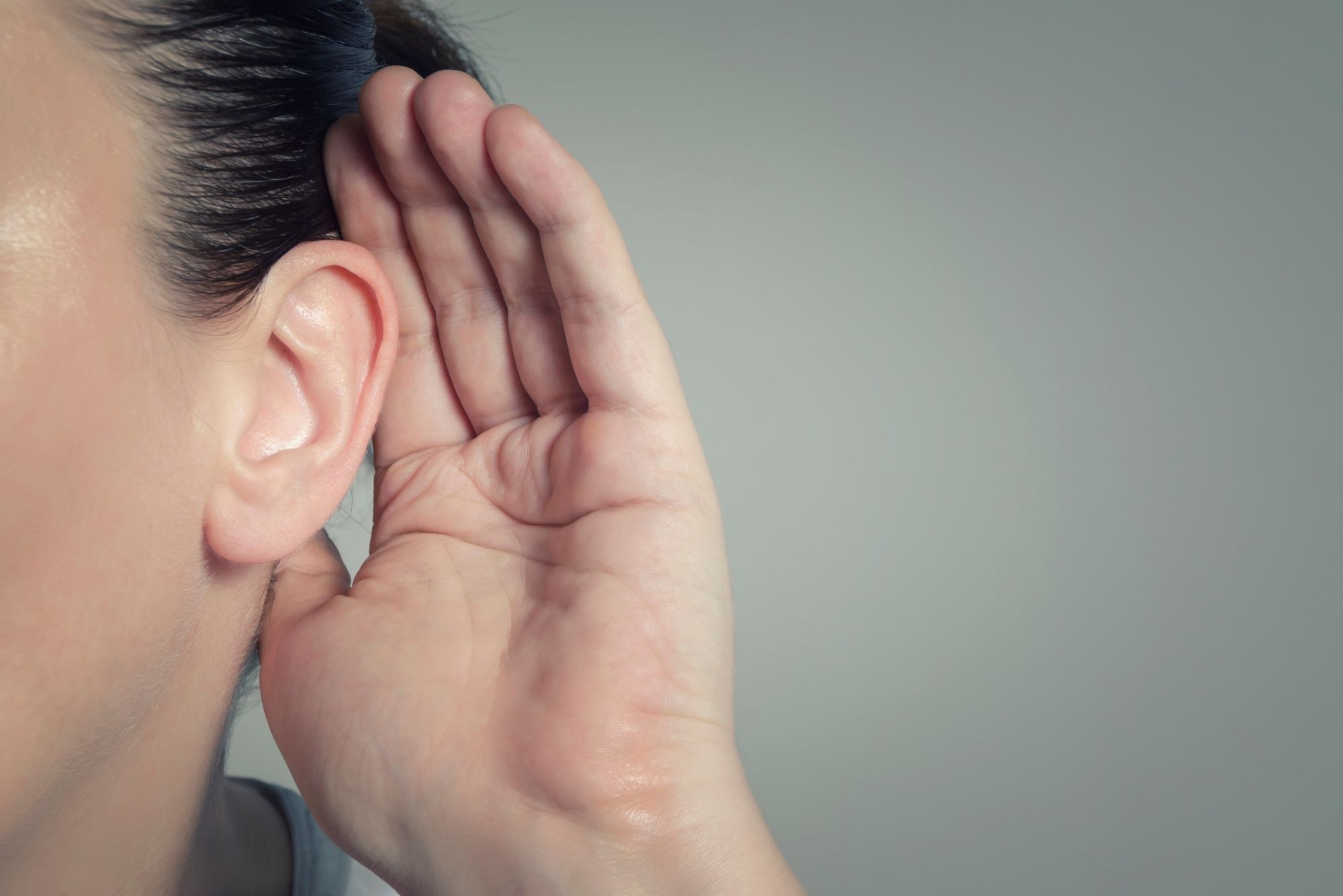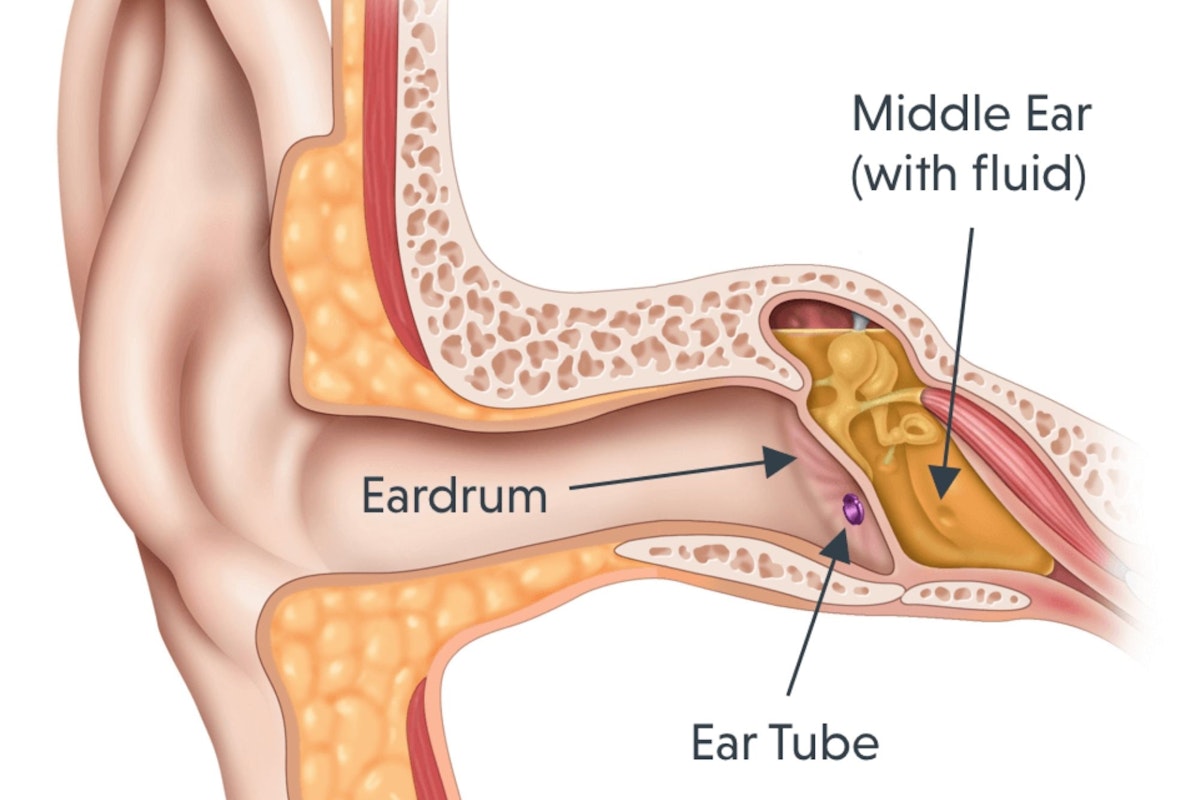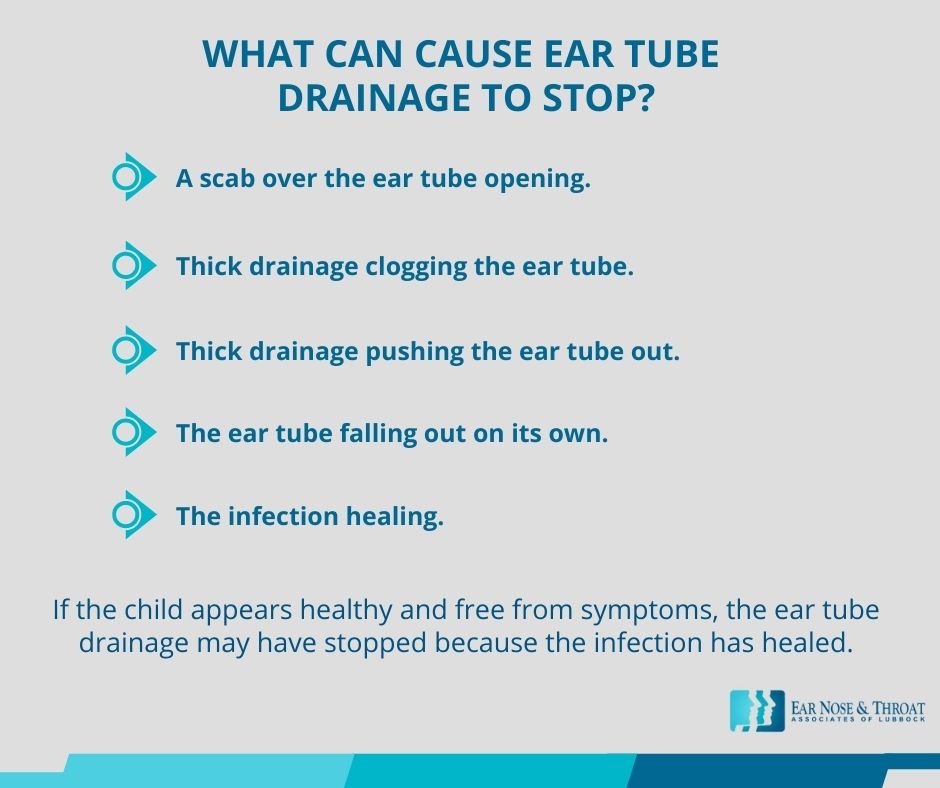Patient Instructions for Ear Tube Drainage: A Complete Guide

Ear tube placement is a very simple, routine office procedure. But many patients have questions after they get home.
Is ear tube drainage normal? How much is normal? Is it okay if my ears were draining but then stopped?
Let’s talk about what to expect after ear tube placement and what might warrant a call to the office.
What Does Ear Tube Placement Do?
The vast majority of ear tube (tympanostomy tube) patients are under the age of two. The unfortunate truth is that the eustachian tube (the small tunnel that connects the middle ear to the back of the nose) doesn’t always work very well, especially in little kids.
A healthy eustachian tube opens when we swallow, yawn, and talk, allowing air to vent and fluid to drain through it. This keeps ear pressure normal and prevents an accumulation of fluid in the middle ear.
But with eustachian tube dysfunction, this passageway becomes blocked because of inflammation or infection. Air and fluid build up in the middle ear, leading to pressure, pain, and infection.
In young children, the eustachian tube is more horizontal than in adults, which means fluid and infection can flow back into the ear more easily. This is why children tend to have more ear infections than adults.
Occasional ear infections are usually easy to treat with antibiotics alone. But chronic ear infections — infections that last more than three months — or recurrent ear infections may need the help of ear tubes to heal.
When the eustachian tube isn’t doing its job to drain the ear, tubes allow built-up fluid in the middle ear to drain through the outer ear. This helps to resolve existing infection and prevent new infection.
So while we understand why it would seem alarming, ear tube drainage is an expected result of ear tube placement.
The Ear Tube Placement Procedure
An ear tube placement procedure is also called a tympanostomy. It’s a simple office procedure in which an ENT surgeon makes a small hole in the tympanic membrane (the eardrum). The doctor then inserts a tiny tube — about a millimeter in diameter — into the hole to prevent the eardrum from closing back up. This little tube creates a channel for fluid to drain from the middle ear through the outer ear.
What Are Ear Tubes?
There are a variety of ear tubes made out of different types of materials, such as metal or rubber. The tubes we use in our practice are made from a soft, elastic rubber and are 2–3 mm long. We find this type of tube causes the least amount of trauma to the ear and is least likely to leave a hole after removal.

After Ear Tube Placement
We prescribe antibiotic ear drops after ear tube placements to heal infection. If these drops don’t work, we can prescribe stronger antibiotic drops that also contain a steroid. One of the major advantages of ear tubes is that we almost never have to prescribe oral antibiotics. The topical antibiotics usually clear up the infection.
What Should I Do if My Child Has Ear Tube Drainage?
Keep in mind that ear tubes are designed to help drain fluid and air from behind the eardrum. Ear tube drainage means that the ear tube is open and functioning properly. Instead of accumulating behind the eardrum, the fluid buildup has a way to escape, helping to prevent infection.
Some children will have more drainage than others. The amount of drainage or color of drainage is not a cause for concern, even if it contains a small amount of blood (especially right after the procedure).
When To Worry About Ear Tube Drainage
Because ear tube drainage is normal and expected — in fact, it’s the goal of ear tube placement — drainage is almost never a cause for concern. However, there are a few scenarios that warrant a call to the office.
Ear Tube Drainage Stops Suddenly
If the ear was draining and the drainage suddenly stops, this could indicate that the ear tube has become blocked. Sometimes a scab can grow over the ear tube’s opening, preventing the ear tube from facilitating drainage. Thicker drainage may also clog the ear tube.
Other times, a patient may wake up with their ear tube on their pillow, or it may come out unnoticed. This can happen if thicker drainage pushes the ear tube out. If this happens, drainage may stop as well.
Eventually, most ear tubes fall out on their own after 6–12 months, though the time can be longer or shorter depending on the patient. This is expected and not a cause for concern. The ear drum then heals itself normally.
If ear tube drainage stops suddenly, consider your child’s symptoms. If they appear healthy and free from symptoms, the ear tube drainage may have stopped because the infection has healed. If they still appear sick, however, it’s possible that the ear tube has become blocked or fallen out, and a call to the office can help you determine next steps.

Ear Tube Drainage — Scary but Normal
When you or your child have dealt with chronic or recurrent ear infections, any amount of drainage can seem scary. We hope that the information we’ve provided here sets your mind at ease!
Dr. Cuthbertson is a physician at Ear Nose & Throat Associates of Lubbock. He joined the team at ENT Lubbock from Houston, where he was chief resident of the prestigious Bobby R. Alford Department of Otolaryngology at Baylor College of Medicine. He is board certified in Otolaryngology and Head & Neck Surgery and has quickly built a reputation, not only as an extremely skilled surgeon, but as an approachable and compassionate clinician adept in the newest standards and technologies. Learn more about Dr. Cuthbertson.
Categories:








